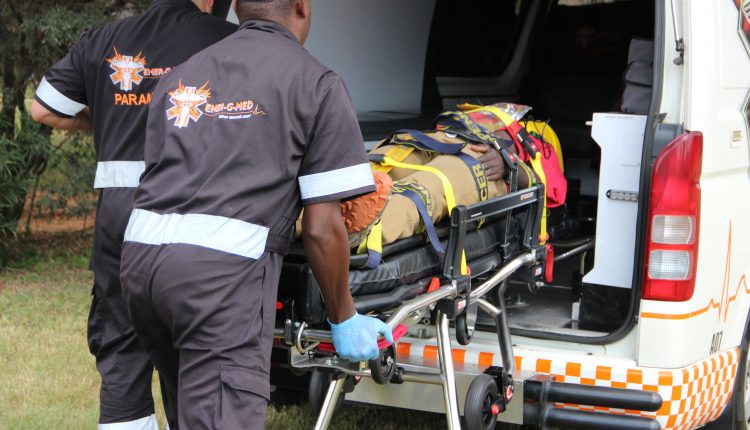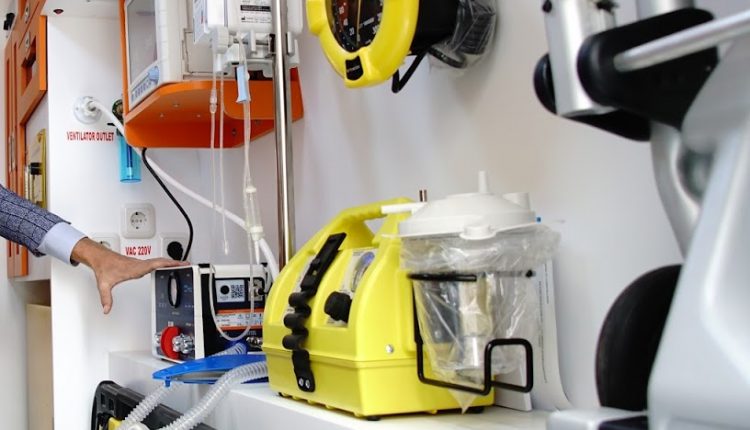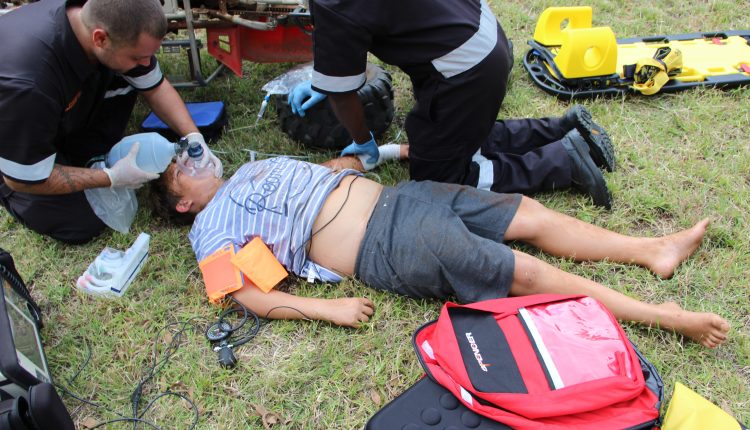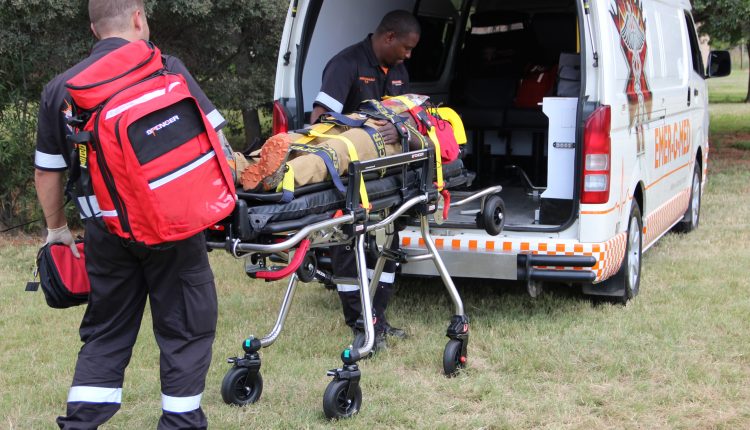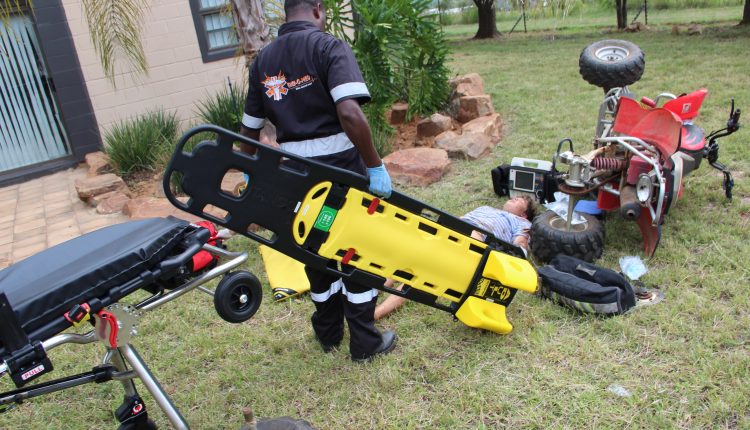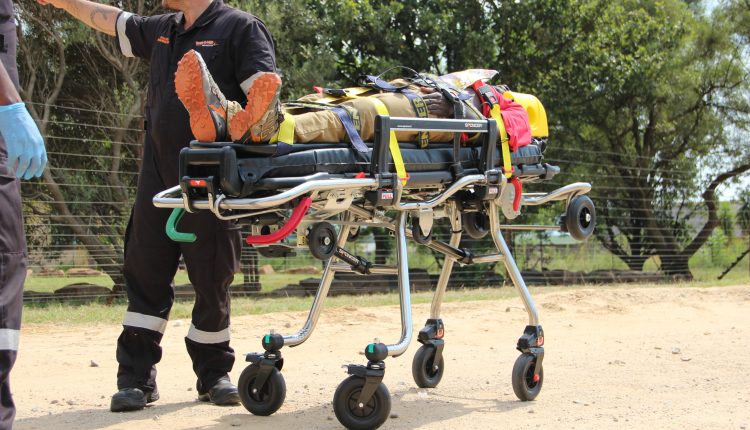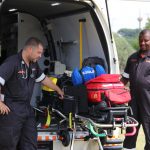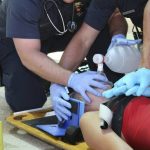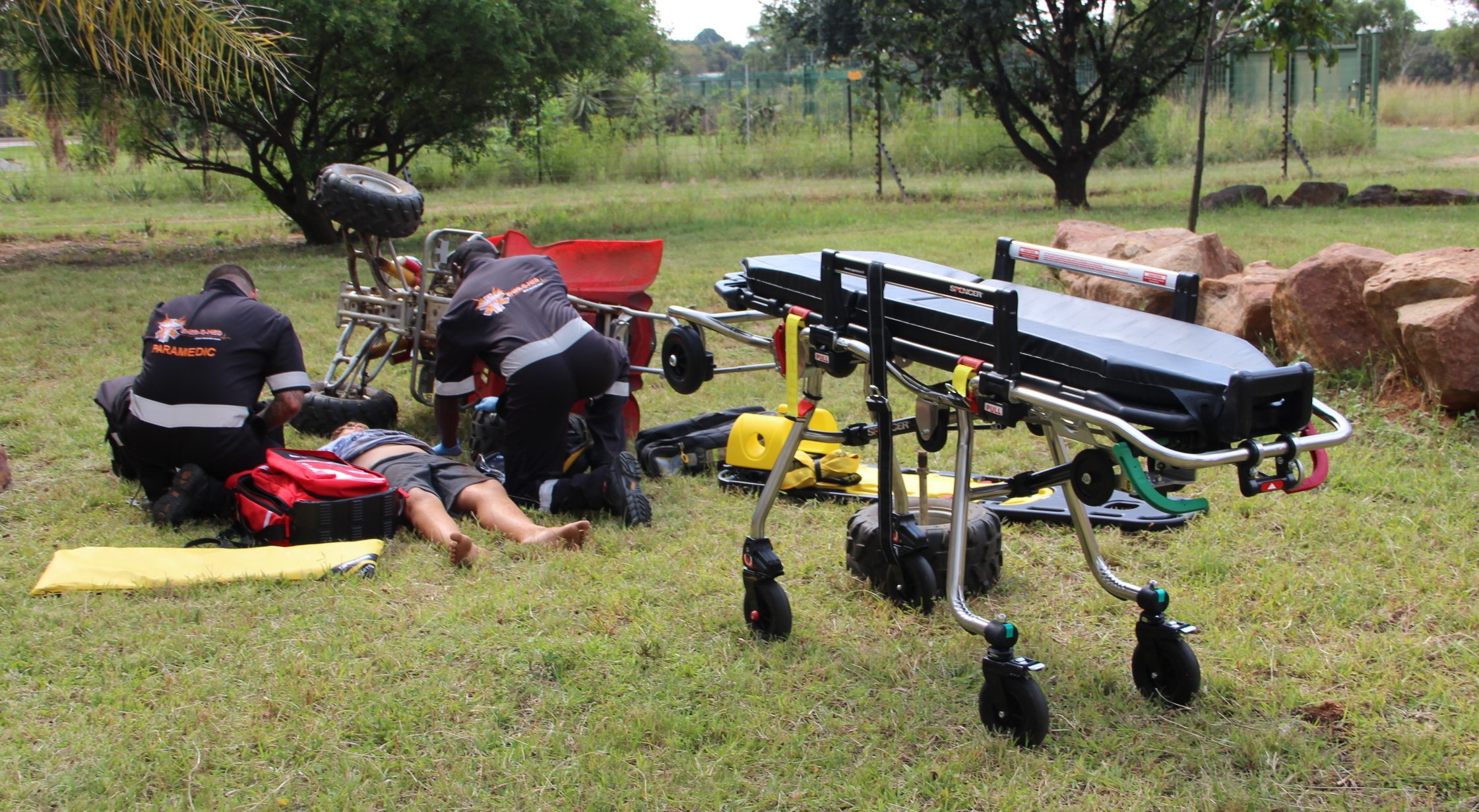
Which medical devices do you need for a high-quality ambulance in Africa?
How to set a good ambulance up in order to provide high-quality emergency care in advanced countries with complex geography like South Africa?
Africa Health Exhibition is an opportunity to see many interesting products for healthcare and ambulance service. Let us check together out which ones!
Deciding which guidelines to use to set up an ambulance in Africa is difficult for many reasons. The 48 African countries have different territorial conditions, economic situations and health structures. Several scientific societies and administrations are looking for unravelling the knot.
However, there is often a constant. In all countries of Central and Southern Africa, there are complex and vast urban centres, with congested roads. These conditions are not always optimal to perform ambulance services.
Moreover, in rural areas, long distances worsen the situation. The economic resources invested in the pre-hospital emergency care are often below the real needs. So here we come to the crucial point. What do vehicles and equipment should have to better reply to emergency situations?
Surely balance among quality, resistance, simplicity of use and price. Africa Health Exhibition is definitely the right opportunity to get an idea of what an ambulance service and a healthcare system have to face. During the event, professionals would experience – in terms of expense – how to set up an advanced rescue vehicle capable of providing reliable care for a long time.
In terms of equipment, the ambulance must be certainly equipped with the fundamental tools of 5 main intervention areas:
- Transport systems: stretchers and transport chairs;
- Immobilization systems: spine boards and set of cervical collars;
- Resuscitation systems: from the defibrillator to the ECG monitor, up to the mechanical CPR;
- Oxygenation systems: whether wall-mounted or tanks;
- Complementary devices: such as the suction units and the pulmonary ventilators.
Alongside these advanced pre-hospital devices, basic first aid and healthcare equipment must be on the ambulance. They can be part of a backpack or hosted into wall-mounted compartments. On the ambulance, there must be the basic tools and devices to deal with any type of emergency.
Products that cannot miss, are:
- oxygen tanks
- stretcher
- gloves
- syringes
- bandages
- BLS kits
- birth kits
- sheets
- instant ice
- burn kits
There are few companies in the world that guarantee the possibility of having everything you need on your ambulance, from A to Z. One of these companies is Spencer.
Spencer is active in South Africa thanks to its distributor, Medicare. Excluding diagnostic and resuscitation systems, Spencer studies designs and manufactures anything an ambulance needs.
When choosing products to equip an ambulance, you need to keep in mind several criteria. First, there is not only the economic side. Choosing a device that will be installed on an ambulance only based on price means forgetting three fundamental aspects that characterize medical devices: quality, ease of use and resistance.
Together with the assistance capacity, these are the main points for deciding which product buying for an ambulance. In Africa, of course, these parameters must be all considered. The choice must suit the needs of a vast and varied territory that hosts several realities.
It is not a coincidence if South African ambulance builders prefer European products. They are the top of the range in terms of reliability, performance and affordability. For an ambulance that has to circulate in the centre of a city, ease of use and quality must be applied first. In a big city, accidents and traumas are a daily business!
An ambulance stretcher must be, for example, easy to move, easy to load, silent during transport. A spine board – or a vacuum mattress – must be comfortable, resistant and with intuitive straps and head immobilizer. Oxygenation systems, on the other hand, must always guarantee maximum safety, with certified and advanced wall fixation systems with regulations (such as the European ones).
Gallery below: some Spencer equipment on ambulances
In these cases, the confidence of having a single reference in Spencer is an extra advantage: from ALS or BLS backpacks to Robin scissors, from sphygmomanometers to suction units, everything that goes up with the ambulance will be certified, with European quality standards and long reliability over time.
Deciding with a single step all the devices that will assist care providers in ambulance dispatch, does also guarantee a greater availability in listening to paramedic and critical care nurses requests on ECG monitors, defibrillators and pulmonary ventilators, fundamental tools for ALS interventions, but which are not used in the majority of BLS emergency services.
When it comes the time of deciding how to set up ambulances for rural areas, you have to come up with different needs. Some are strongly oriented to safety and resistance. Another essential feature is the possibility to have a device – like a ventilator and a suction unit – that can be used kilometres far from cities or villages. Thanks to the independent battery, protective shell and practice of use it is possible.
Spencer suction units are made to last and are portable. They can be installed on offroad emergency vehicles and carried in backpacks on the motorcycle to provide prehospital care and healthcare in the most remote sites.
If in a city the transport chair or the transfer sheet can make the difference for the care provider, in rural areas it is the self-loading stretcher that can reduce injuries both to the caregiver and the patient.
When you need to move on unconnected roads, in dusty and grassy areas, without a road pavement or sidewalks, you need a comfortable, resistant and very easy to use self-loading stretcher.
Spencer, the world leader in the production of self-loading stretchers, has modified its most resistant one, the Carrera XL, for the African market.
It is an ambulance stretcher with a clean and linear design. It is designed to be used in the most complex contexts of emergency. The scenarios where Spencer’s Carrera operates goes from the Peruvian Andes to the Thai jungle.
The ideal extra for rural areas in Africa is certainly the integrated cushioning of Carrera’s legs, which greatly improves transport comfort. This stretcher, combined with the BOB Spencer platforms and other transport systems of the Italian company, guarantee a huge advantage for ambulance operators. First of all, they reduce the risk of injury. Then they reduce the risk of accidental fall of the patient.
Finally, to the great satisfaction of those who are using them every day, they reduce downtime for maintenance, because Carrera has been designed specifically to work in rural and isolated areas where already is difficult finding a coffee, never mind spares!
These are the main reasons why before choosing an ambulance in Africa, you need to turn to the best professionals. If you set up an ambulance knowing for sure that the quality of the devices is high and they give reliability to the whole crew, you can work with confidence.
Gallery below: Spencer Carrera stretcher and Tango spine board in action in difficult areas
READ OTHER RELATED ARTICLES
Emergency centres handover in South Africa – What are issues, changings and solutions?
Practitioners education in South Africa – What is changing in emergency and pre-hospital services?


